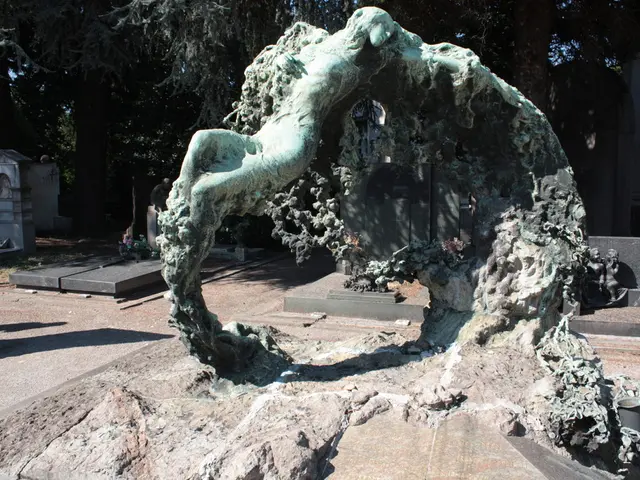Uncovering MH370's Remnants: A New Lead?
Eight long years have passed since Flight MH370 vanished without a trace over the Indian Ocean. But recent claims by Australian researcher Vincent Lyne suggest we might be closer than ever to finding answers. March 8, 2014, marked the day Malaysia Airlines' Boeing 777 carrying 239 passengers mysteriously deviated course and plunged into the unforgiving ocean depths, eluding us till this day.
Losing Track of MH370
Over the years, only fragments of debris have been retrieved, leaving the crash site an enigmatic always-just-out-of-reach mystery. The events leading up to the crash have remained shrouded in mystery, and the subsequent search missions have yielded little.
Unveiling a Crash Site
Lyne, a scholar from the University of Tasmania, claims to have decoded the mystery. After two arduous years of examination and scrutiny, his investigation received the stamp of approval for publication in the esteemed "Journal of Navigation." According to him, the wreckage of MH370 lies six kilometers deep in a concealed location far off the western Australian coast. This chasm, Lyne postulates, provides an almost perfect hiding spot for the Boeing's remains.
Lyne's theory pinpoints a location at the eastern end of a characteristic known as Broken Ridge, where the Malaysian airport of Penang intersects a route discovered in the pilot's flight simulator. The FBI dismissed this discovery as insignificant, yet Lyne argues that this could hold the key to unlocking the MH370 conundrum.
A Rough and Perilous Environment
This chasm, a habitat for newly discovered deep-sea species, boasts towering walls and treacherous mountain ranges, bordering other chasms. A near-perfect concealment spot, Lyne suggests, making it a plausible resting place for the Boeing 777. However, whether this discovery will prompt a fresh search is yet to be determined, depending on the authorities and search firms.
Controlled Ditching?
Lyne also puts forth the theory that MH370 did not crash due to fuel depletion. After examining the wreckage fragments, Lyne maintains that the damage sustained by the wing, landing gear, and other aircraft components suggests a controlled ditching attempt by pilot Zaharie Shah. Similar to "Sully"s successful ditching in the New York Hudson River, this theory could provide new insights into the MH370 story.
The Question of Fuelling and Jettisoning
Regrettably, Lyne cannot provide a sound explanation for the jettisoning of cargo in the heart of the southern Indian Ocean. But the near-perfect disappearance of the Boeing 777 remains intriguing, with Lyne speculating that the aircraft might have barely missed a wave, causing damage to the recovered debris fragments.
Inmarsat, the satellite company, also contributed to the investigation by revealing the aircraft's routine interrogation satellite communication, providing yet another clue to the MH370 riddle.
Reawakening Hope
Vincent Lyne's discovery and assertions have sparked a flurry of discussions within the aviation community, challenging the status quo and presenting an intriguing new lead in the decade-long probe. Lyne's conviction in MH370's controlled ditching, backed by the publication of his investigation in the "Journal of Navigation," holds the potential to drastically alter our understanding of the disappearance of the Boeing 777.
Deep-Dive Exploration
Additional Reads
As we continue to delve into the depths of the ocean, unearthing new mysteries, Vincent Lyne's rediscovery of MH370 thrusts us once again into the fascinating world of seabed exploration, with fresh hope for understanding this enduring enigma.








